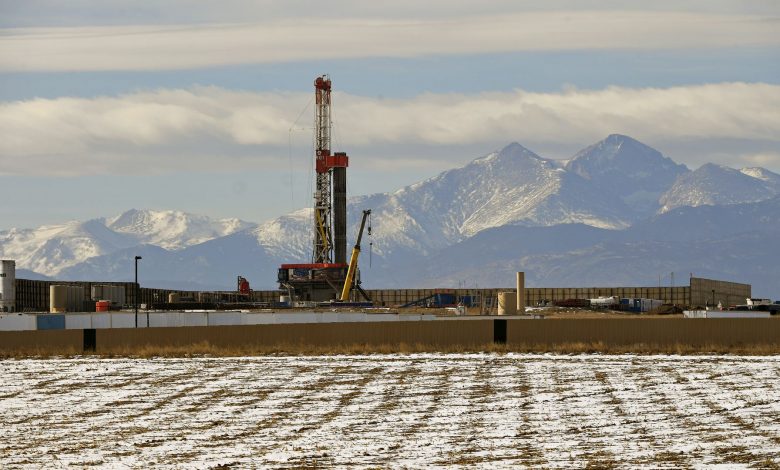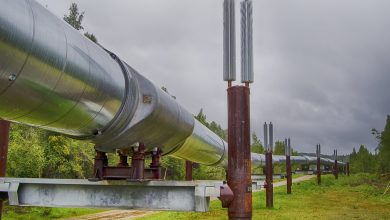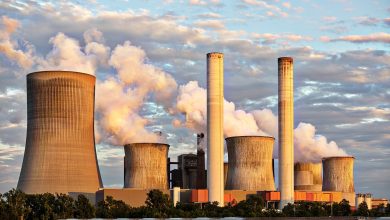Does Fracking Adversely Affect Water Quality?

Human and Environmental Impacts
Mounting evidence has revealed that the oil and gas industry’s use of hydraulic fracturing could have an adverse impact on human and environmental health. Over the past two decades, hydraulic fracturing —or “fracking”— has dramatically transformed the global energy landscape and has contributed to a fossil fuel revolution in the United States. Since 2014, fracking has accounted for the vast majority of new oil and natural gas wells developed in the U.S., surpassing all other industry drilling techniques (Denchak, 2019). Through a process that involves pumping water, chemicals, and a granular material down an oil or gas well under high pressure, fracking breaks open bedrock and shale to allow for the extraction of hard-to-reach oil and natural gas. The injection of water and chemicals deep underground is where the possibility of groundwater contamination could occur.

History
Fracking first became standard in the oil and gas industry in the 1940s. Of the nearly one million U.S. wells that were hydraulically fractured between 1940 and 2014, over one-third were drilled after 2000 (Denchak, 2019). Technological advancements like the development of horizontal drilling and rising global fossil fuel prices have upended the fracking industry. The paring of horizontal drilling with fracking has helped to enable the oil and gas industry to thrive in the U.S.
Industry in the Spotlight
While fracking has been around for decades, the controversy surrounding it has only recently entered the spotlight. After movies like Gasland and FrackNation were released in the mid-2000s, anti-fracking activists started to raise concerns about potential impacts on water quality. In 2015, following the rise in anti-fracking sentiment, the Environmental Protection Agency (EPA) released the results of a study that revealed that there was no evidence that fracking has led to widespread impacts on water quality. However, the EPA released a follow-up report in 2016 that highlighted how fracking could have an impact on drinking water resources under some circumstances (Rapier, 2016). Since the release of the EPA’s second report, health advocates and environmentalists have been leading the charge for new regulations against the fracking industry.

Spills and Contamination
On average, over five million gallons of water are used for each fracking well (American Chemical Society, 2018). Problems have occurred when water is pumped deep underground and subsequently migrates back to the surface along with chemicals and heavy metals. Between 2006 and 2012, the EPA has reported that 151 spills of fracking fluids have occurred, with nearly ten percent of spills resulting in direct runoff pollution to rivers or other bodies of water (Denchak, 2019). Professionals within the oil and gas industry reiterate that spills are rare, and the typical fracking process involves injecting water and chemicals over a mile beneath the earth, which is much deeper than freshwater aquifers (Harrabin, 2016).
The fracking boom is primarily credited with helping to make the United States one of the world’s top producers of natural gas and crude oil—a trend that is likely to continue as fracking becomes more efficient (Denchak, 2019). However, some states like New York, Maryland, and Vermont have banned fracking altogether, noting adverse impacts to public health and the environment. While troubling evidence continues to show that fracking has impacted water quality, policies and regulations like the Underground Injection Control Program and the Safe Drinking Water Act are being revaluated to ensure that there is adequate oversight of the fracking industry.

Sources
American Chemical Society. (2018). “Potential impact of hydraulic fracturing on streams, downstream recreation, drinking water.” ScienceDaily.
Denchak, M. (2019). “Fracking 101.” NRDC.
Harrabin, R. (2016). “Does fracking affect the water supply?” BBC.
Rapier, R. (2016). “No, The EPA Has Not Actually Changed Its Conclusion On Risks Of Fracking To Drinking Water.” Forbes.



